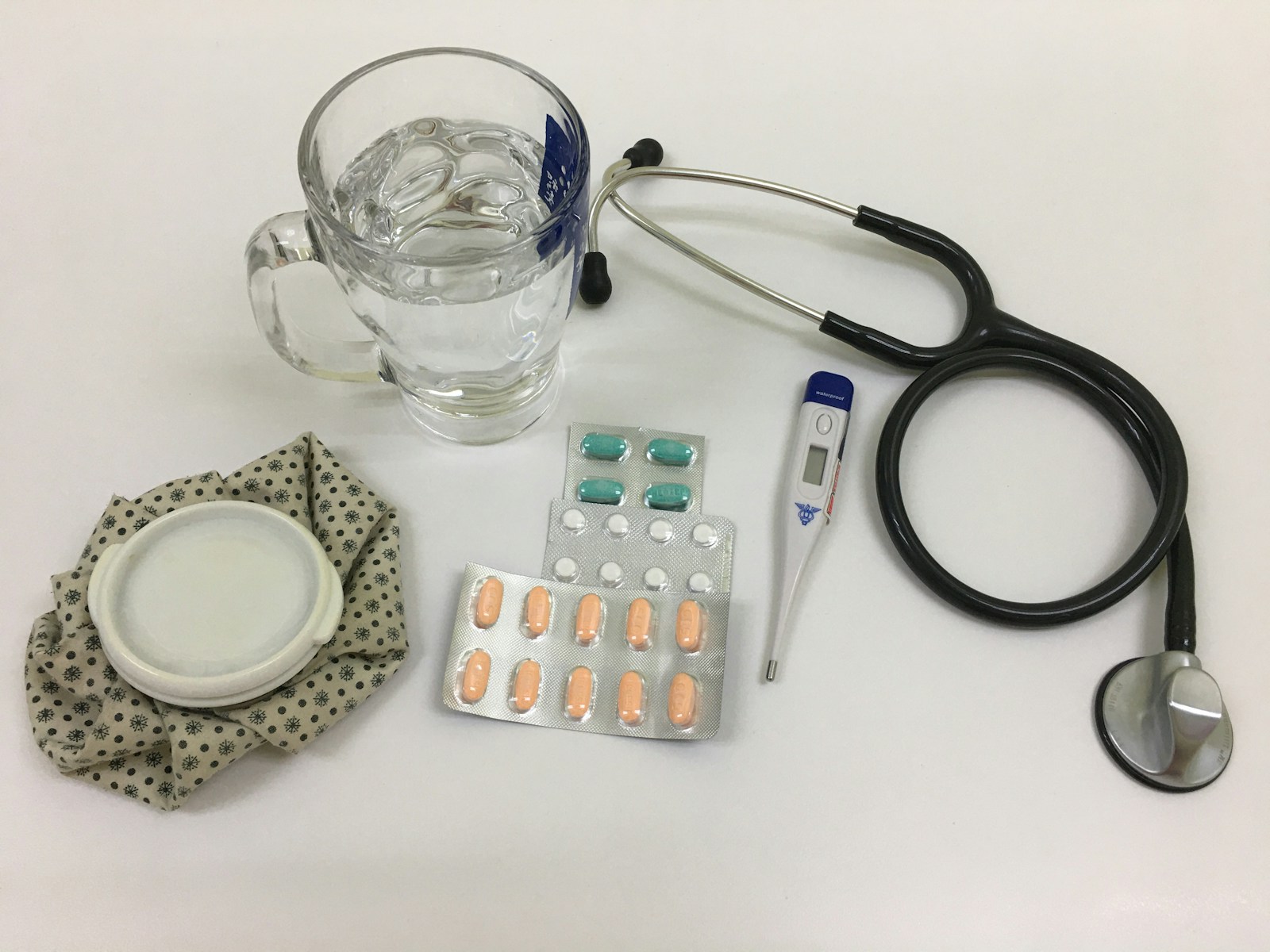

Traveling by plane can be an exciting and convenient way to reach your destination. However, getting sick while on a flight can quickly turn your travel experience into a nightmare. From motion sickness to sinus infections, there are several health issues that can arise during a flight. In this article, we will explore the steps you can take to alleviate and manage these in-flight illnesses, ensuring a smoother journey.
Common In-Flight Illnesses
It’s important to be aware of the various health conditions that can occur during a flight. Some of the most common in-flight illnesses include:
- Motion sickness: This condition can cause nausea, vomiting, headaches, and lightheadedness. Turbulence can exacerbate these symptoms.
- Sinus infections: Air pressure changes during a flight can worsen sinus infections, leading to a popping sensation in the ears or, in rare cases, a perforated eardrum.
- Dizziness: In-flight dizziness can be caused by motion sickness or changes in air pressure. Closing your eyes and applying a cold compress can help alleviate the symptoms.
- Gastrointestinal issues: Nausea, diarrhea, and stomach discomfort can all occur during a flight. Dehydration can worsen these symptoms.
- Headaches: Dehydration and changes in air pressure can trigger headaches during a flight.
- Blood clots: Prolonged immobility during long-distance flights can increase the risk of blood clots, especially for individuals with a history of clotting disorders.
Now that we understand the common in-flight illnesses, let’s explore the steps you can take to manage and alleviate these conditions if you get sick on a plane.
1. Avoid looking at screens
If you’re experiencing motion sickness, it’s best to avoid looking at screens such as your phone or the plane’s TVs. Instead, try to sleep or listen to something like music, a podcast, or an audiobook. Staring at the horizon, especially if you’re seated by the window, can also help reduce motion sickness. Additionally, avoid looking at the vomit bags in the seat pockets, as this may increase nausea.
2. Hydrate, hydrate, hydrate
Staying hydrated is crucial, especially if you’re experiencing nausea or gastrointestinal symptoms. However, be sure to drink fluids slowly to avoid frequent trips to the bathroom. Opt for water instead of carbonated beverages, as the airplane cabin environment can be dehydrating. Drinking plenty of water can also help alleviate headaches and dizziness.
3. Try to eat a little food
While it may be the last thing you want to do when you’re feeling sick, eating a small amount of bland food can help alleviate nausea. Consider having some bread or crackers. The BRAT diet, consisting of bananas, rice, applesauce, and toast, is often recommended for individuals experiencing nausea, vomiting, or diarrhea. If you have chronic conditions such as diabetes, be sure to pack snacks or candy to stabilize your blood sugar levels during the flight.
4. Take medicine
Having a supply of essential medications is crucial when traveling, especially if you have chronic conditions. Make sure to carry at least a week’s worth of medication in your carry-on bag, as checked bags can sometimes get lost. If you’re prone to motion sickness, consider taking medication like Dramamine before the flight. It’s also a good idea to pack over-the-counter medications like ibuprofen, aspirin, Pepto-Bismol, and Benadryl in case of potential health issues during the flight.
5. Stay seated
Unless necessary, it’s best to stay seated if you’re feeling sick on a plane. This is especially important if you’re experiencing dizziness or headaches. Avoid standing to prevent a fall risk or head injury. If possible, try to lie down, but keep in mind that lying down on a plane can be challenging. Falling asleep while sitting or lying down can help pass the flight time and keep your body still, reducing symptoms of dizziness.
6. Inform a flight attendant
If you’re experiencing vomiting, diarrhea, or any other health issue, it’s important to inform a flight attendant. They can provide you with medical attention if needed and offer fluids to keep you hydrated. Some airlines also carry over-the-counter medications that may help alleviate your symptoms. In extreme cases, the flight crew may designate a lavatory for your use during the flight, although you cannot stay in there during takeoff and landing.
7. Look out for blood clots
Long-distance flights can increase the risk of blood clots, especially for individuals with a history of clotting disorders. To prevent blood clots, it’s essential to move your legs periodically. Walking along the aisle every few hours can help improve blood circulation. If you’re at a higher risk of blood clots, consider wearing compression socks during the flight. Swelling or pain in one leg can be a sign of a blood clot forming, so be vigilant and inform the cabin crew if you notice these symptoms.
8. Avoid flying while sick when possible
Whenever possible, try to avoid flying while sick, especially if you have an underlying medical condition that can be exacerbated by air travel. Hangovers or alcohol withdrawal can also worsen symptoms during a flight. If you’re unsure whether it’s safe for you to fly, consult with a medical professional before your trip. Additionally, pay attention to time zone changes, as they can affect medication schedules and exacerbate chronic illnesses.
By following these steps, you can better manage and alleviate in-flight illnesses if you get sick on a plane. Remember to prioritize your health and seek medical assistance if necessary. With proper preparation and precautions, you can still enjoy a smooth and comfortable journey to your destination. Safe travels!




